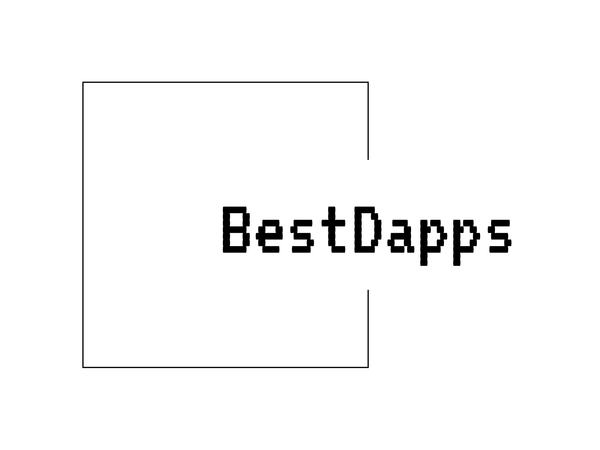
MINA: The Future of Lightweight Cryptocurrencies
Share
Understanding MINA: A Lightweight Yet Innovative Crypto Asset
MINA Protocol, also known simply as MINA, is a unique and innovative blockchain project that has captured attention primarily due to its minimal resource requirements. MINA aims to address the limitations of traditional blockchain technologies by offering a more efficient system for validating transactions, keeping network data compressed while still allowing for decentralization. This solution places MINA in contrast to other blockchains that tend to require increasingly large storage and computational power to participate in network consensus.
How MINA Works
MINA describes itself as a “succinct blockchain,” which essentially means that its blockchain remains lightweight, regardless of growth in the number of users or transactions. This stands in contrast to traditional blockchains, which grow larger over time and require nodes to store a complete, expanding record of all transactions.
The size of the MINA blockchain remains fixed at about 22 kilobytes, similar to the size of a couple of tweets. This is achieved utilizing advanced cryptographic techniques known as zk-SNARKs (Zero-Knowledge Succinct Non-Interactive Arguments of Knowledge). These zk-SNARKs allow a node to validate the state of the blockchain with minimal resources, without needing to download and maintain a full copy of all the preceding transactions.
Proof-of-Stake Consensus
The MINA protocol operates on a Proof-of-Stake (PoS) consensus mechanism rather than Proof-of-Work (PoW). PoS is generally viewed as a more energy-efficient alternative to PoW models and allows participants to validate transactions and produce new blocks based on the number of tokens they “stake” in the network. Holders of the MINA token can participate in staking to contribute to the security and operation of the network. For their participation, stakers are rewarded with newly generated MINA tokens.
Developer and User Experience
Aside from its technical underpinnings, the MINA Protocol focuses on providing a streamlined experience for developers and users alike. For developers, MINA offers a simplified environment for creating decentralized applications (dApps) using “Snapps” or zk-SNARK-powered smart contracts, which incorporate enhanced privacy features. These Snapps aim to significantly reduce the complexity involved in developing dApps by employing verified proofs rather than handling large amounts of data directly.
From a user perspective, the MINA Protocol reduces barriers to entry for contributing to the blockchain, as users can run nodes with minimal hardware requirements. Crucially, MINA’s minimal data load makes it possible for mobile users to fully participate in securing the network without the need for powerful computer systems.
Use Cases and Adoption
While relatively new compared to other major blockchain projects, MINA has garnered interest from the broader crypto community. The ability to continually maintain a fixed blockchain size while serving a growing network of users presents notable use cases in mobile applications, decentralized finance (DeFi), and other areas of the blockchain industry where scalability and efficiency are paramount concerns.
MINA’s focus on privacy and decentralization has also made it an appealing choice for developers and projects aiming to incorporate privacy-preserving features into their applications. The zk-SNARK technology operated on MINA provides transparency while ensuring that private data can be verified, without revealing the content of said data.
Challenges Facing MINA
However, MINA is not without its challenges. While the fixed-size blockchain offers efficiency benefits, there are concerns about how the network will manage as automated proof systems scale. zk-SNARKs add complexity, which could present both architectural and usability issues in the long term. Moreover, as a relatively new project, MINA still has to demonstrate how well it can handle large-scale adoption and how robust its network security proves to be.
Another notable issue relates to developer adoption. Although MINA offers a more convenient framework for integrating privacy features into decentralized applications, it must compete with other platforms that have already established large developer ecosystems. Convincing developers to shift their focus to MINA’s platform remains a hurdle that will need to be addressed.
